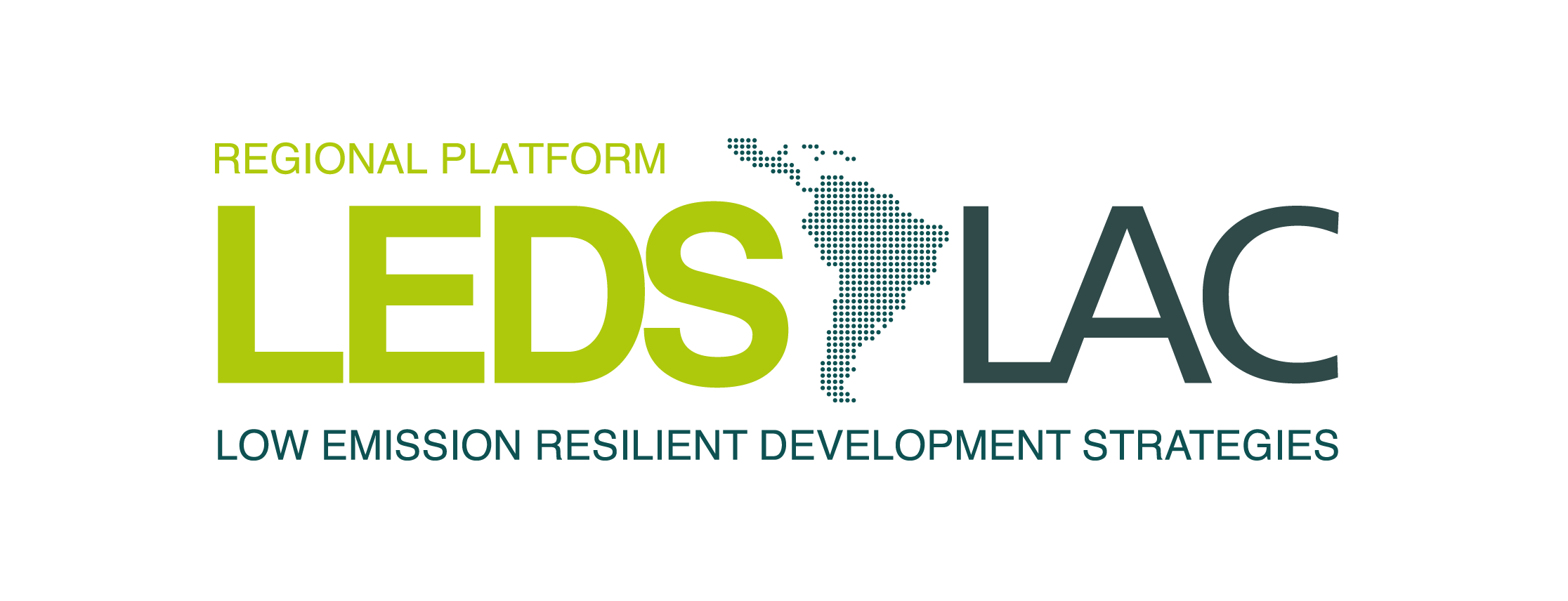GREEN AND INCLUSIVE GROWTH IN LATIN AMERICA AND THE CARIBBEAN? CHALLENGES AND LESSONS
Written by: Ximena Gómez, LEDS LAC
- Green growth considers development externalities, saves natural capital and requires an initial investment with positive returns.
- Green growth is systemic in nature and therefore implies social inclusion, but currently faces great challenges.
- In Peru, the project for the promotion of cocoa and quinoa for export is being developed, in which inclusive green growth has been seen from the lessons learned with local people.
In the webinar "Making Green Growth Inclusive in Latin America and the Caribbean", held on May 25, 2016, the approaches of the World Bank (WB) and the United Nations Environment Programme (UNEP) on inclusive green growth were presented. The United Nations/World Trade Organization (UN/WTO) case on aid for trade for quinoa was also presented. The webinar featured the participation of: Tamaro Kane and Carter Brandon from the World Bank, Matias Gallardo from UNEP, and Alex Kasterine from the UN/WTO.
What characterizes inclusive green growth?
Green growth is framed in a context that demands a change in the development model. On the one hand, negative externalities have doubled in less than 20 years (1995-2013 period). There are impacts at both local and global levels, for example, on public health costs and climate change, respectively. A key component in green growth is natural capital, which must be saved to ensure its availability for future generations. However, it is known that 9 out of 22 Latin American countries with data (44%) are not saving natural capital in their territories. While green growth requires investment and access to finance, this growth model generates positive returns.
The challenges of inclusive green growth in our region
Inclusive green growth is currently facing major challenges. First, the development of reliable indicators that can measure the improvement in the quality of life is essential to advance and show the progress made. A second challenge is the development of innovative thinking and citizen awareness. Both must be formed with a long-term view, starting with education in schools for future generations. Institutional strengthening and strong political will are challenges that aim to catalyze the achievement of results. Finally, it is important that successful experiences are well studied and not replicated blindly, but must be adapted to local social characteristics, as there is no single recipe to ensure inclusion in green growth.
In which case has this concept been applied?
The trade of products such as quinoa and cocoa, based on Peru's biodiversity, is a project [that has been underway since 2013, and has shown successful results among farmers and small entrepreneurs. Initially, in order to know the perception of local exporters regarding the main challenges facing exports in the country, a survey was conducted, from which climate change, inadequate infrastructure, unequal competition and price volatility were identified as the main threats. To address these challenges, the project prioritized capacity building for the different actors in the export chain for both products: small farmers, small and medium-sized enterprises (SMEs), and cooperatives. In addition, work was done to create market linkages for these products.
The results achieved to date for the quinoa trade include the strengthening of 1,250 small farmers and 20 cooperatives and SMEs on issues related to branding, marketing strategies and sustainable packaging. In the cocoa trade, 1,800 farmers have been trained, giving them greater access to the international market. This case reflects the opportunities that exist in the green market. Trade can promote green growth even though it can be highly competitive for SMEs. Therefore, it is important to have a product with differential characteristics, consolidate a market niche and seek further diversification. At the same time, the development of policies that support green growth is fundamental.
Some lessons learned from the process
- Green growth does not necessarily imply job creation, but rather job migration.
- Political leadership is essential for inclusion and the identification of linkages and roles between sectors.
- When changing the economy, one has to think about the negative impacts it may have on some sectors and social groups.
- Both the market and international agreements can provide the impetus for policy changes in governments.
- Inclusive green growth is a complex process, so it is necessary to have a systematic approach, with a participatory design that prioritizes local needs.
Links
Interactive green growth indicators: http://goo.gl/KplWRk
Full webinar video: Pending[/fusion_text][/fusion_builder_column][/fusion_builder_row][/fusion_builder_container]
